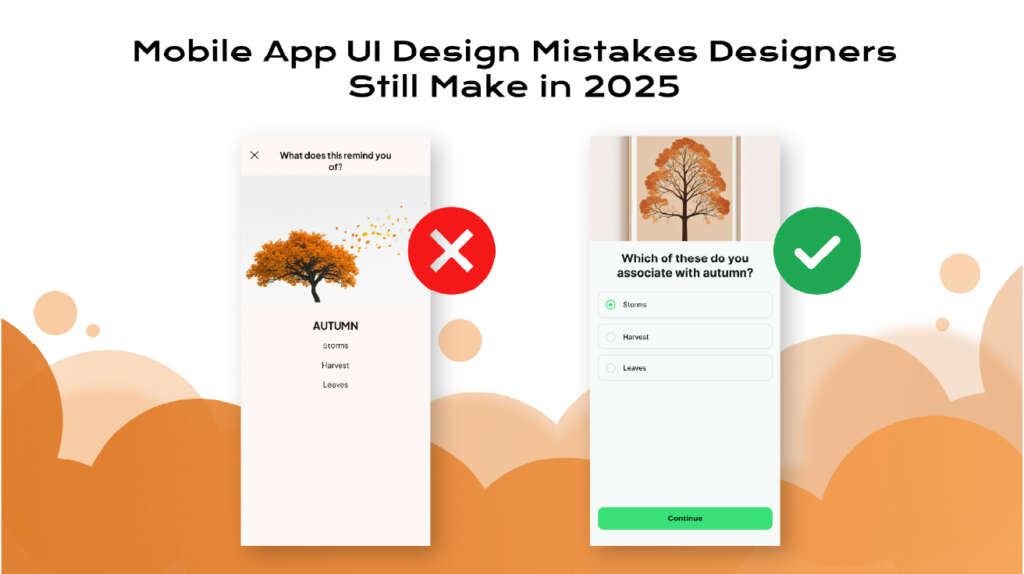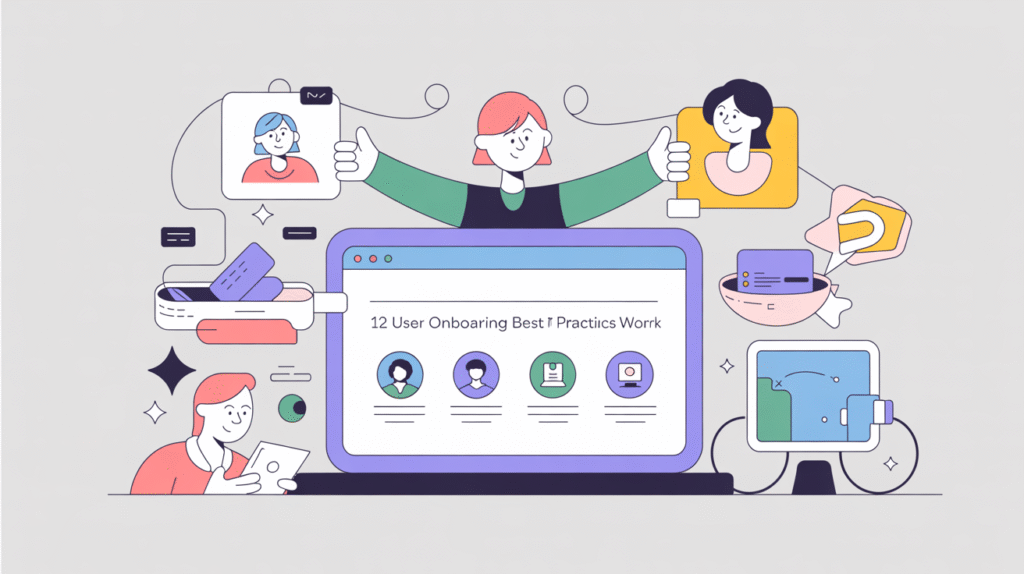UX Designer roles are vital in digital product success. They blend research, design thinking, and testing to craft intuitive experiences. Working with a design agency or in-house teams, they align business goals with user needs. This ensures websites, mobile apps, or budget apps deliver seamless interactions.
What is UX design?
UX design focuses on creating meaningful experiences by optimizing usability, accessibility, and pleasure. It defines how users interact with products like apps and websites. A solid UX design foundation guides content structure, visual hierarchy, and user flows. Top web design companies rely on UX design for higher engagement.
Who is a UX designer?
A UX designer investigates user behavior, defines product structure, and designs interfaces. They partner with product manager, product designer, and project manager to ensure features align with user needs. Whether hired by a web design company or design agency, they champion usability and refine solutions across projects.
Key issues that UX designer solves
UX designers tackle confusing navigation, slow load times, and unclear content hierarchy. They identify blue ocean opportunities by exploring unmet user needs and market gaps. By simplifying workflows, they reduce errors and boost satisfaction. Their solutions drive better engagement and higher conversion rates.
Basic tools UX designers work with
UX designers rely on tools like Figma, Sketch, and Adobe XD for interface design. They use Maze or User Testing for feedback and Google Analytics for insights. For project tracking, they adopt budget apps such as Trello or Asana. Clear communication happens via Slack or Microsoft Teams.
UX designer responsibilities
UX designer responsibilities span research, persona creation, architecture, prototyping, and testing. They partner with product management and project managers to align business goals with user needs. Their work guides development teams, refines UI, and validates solutions. Effective UX design reduces costs and improves ROI.
Research helps to
Research uncovers user behaviors, motivations, and pain points through interviews, surveys, and analytics. It informs competitor analysis, blue ocean strategies, and feature prioritization. This data-driven approach guides design decisions, reduces guesswork, and aligns product roadmaps with real user needs, boosting success metrics.
Defining and creating user personas
Defining user personas means crafting detailed profiles that represent target audiences. Each persona outlines demographics, goals, and frustrations. UX designers use these personas to guide content strategy and feature sets. Personas help teams stay user-focused, ensuring every design choice resonates with real people rather than abstract data.
Define information architecture
Information architecture organizes content and features for intuitive navigation. UX designers structure menus, page hierarchies, and labels so users find what they need quickly. Clear IA reduces cognitive load and supports searchability. Many a website design company starts here to build solid foundations for user engagement.
Prototyping
Prototyping brings wireframes to life with interactive mockups. UX designers use tools like Figma and Sketch to simulate flows and test micro-interactions. Early prototypes catch usability issues before coding begins. This saves budget, accelerates development, and ensures websites and apps match user expectations.
User testing
User testing validates prototypes by observing real users complete tasks. UX designers record feedback, track errors, and measure success rates. Insights drive iterative improvements to flows, labels, and interactions. Regular testing aligns product features with user goals and supports product manager. It’s essential in any design website design process.
Whom to hire: Junior or Senior UX designer
Choosing between a junior or senior UX Designer depends on project complexity and budget. Junior designers excel in basic wireframes and support research, while seniors lead strategy, IA, and stakeholder coordination. Many design agencies and web design companies pair both to balance cost and expertise on a single project.
To sum up
To sum up, the UX Designer plays a crucial role in crafting seamless digital interactions. From research and persona development to prototyping and testing, they align product management strategies with user needs. Investing in skilled UX design ensures higher engagement, better usability, and tangible ROI.
"Design is not just what it looks like, it's how it works, feels, and inspires meaningful action."
MOHD ARMAN
FAQs
What is a UX designer and what do they do?
A UX designer creates products that are easy to use, visually appealing, and solve user problems through thoughtful research and design.
What skills are required to become a UX designer in 2025?
Core skills include user research, wireframing, prototyping, UI design, empathy, critical thinking, and familiarity with tools like Figma and Adobe XD.
What are the typical responsibilities of a UX designer?
They conduct research, create personas, design wireframes and prototypes, test usability, and collaborate with developers and stakeholders.
How do UX designers conduct user research?
Through interviews, surveys, usability tests, A/B testing, and analytics to gather insights into user behavior and pain points.
What is the difference between UX design and UI design?
UX design focuses on user journey and experience, while UI design focuses on the visual and interactive elements of the interface.
How do UX designers ideate and prototype?
Using brainstorming, sketching, wireframing, and digital tools to visualize concepts and build interactive mockups for testing.
How do UX designers collaborate with developers and stakeholders?
They align on user goals, ensure technical feasibility, and maintain consistent communication to deliver user-centric products.
What tools do UX designers commonly use?
Popular tools include Figma, Sketch, Adobe XD, InVision, Miro, and usability testing platforms like Maze or Hotjar.
How do UX designers validate and test their designs?
Through usability testing, user feedback, A/B testing, and analytics to ensure designs meet user needs and goals.
What career paths and growth opportunities are available for UX designers?
UX designers can grow into roles like UX Lead, Product Designer, UX Researcher, or even transition into Product Management.







